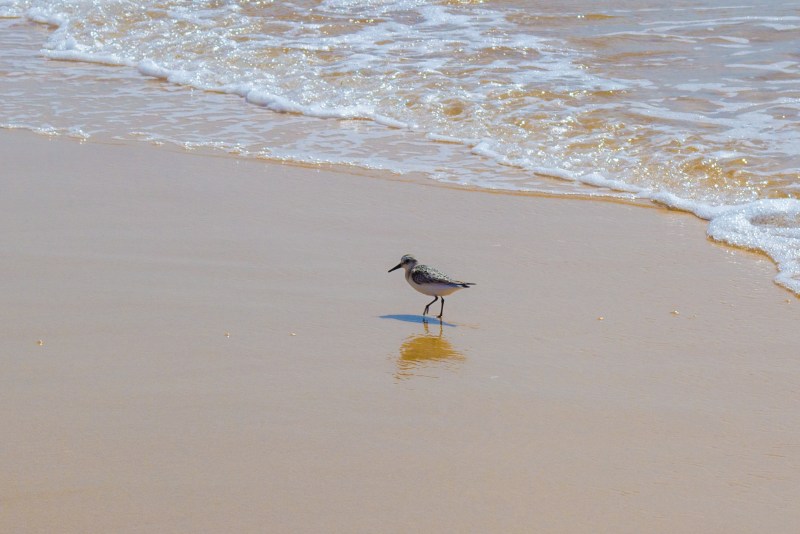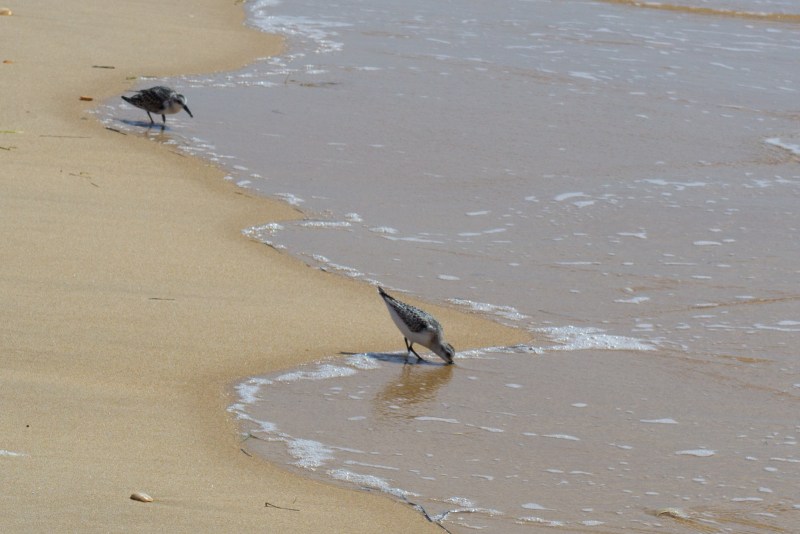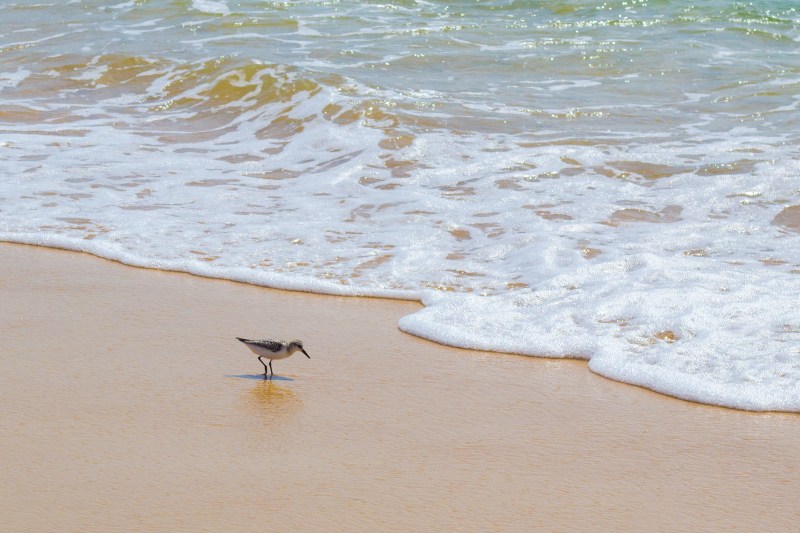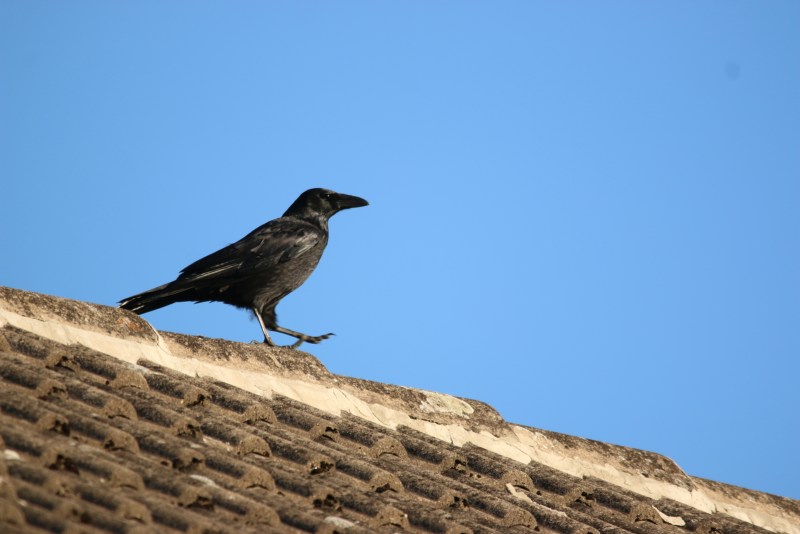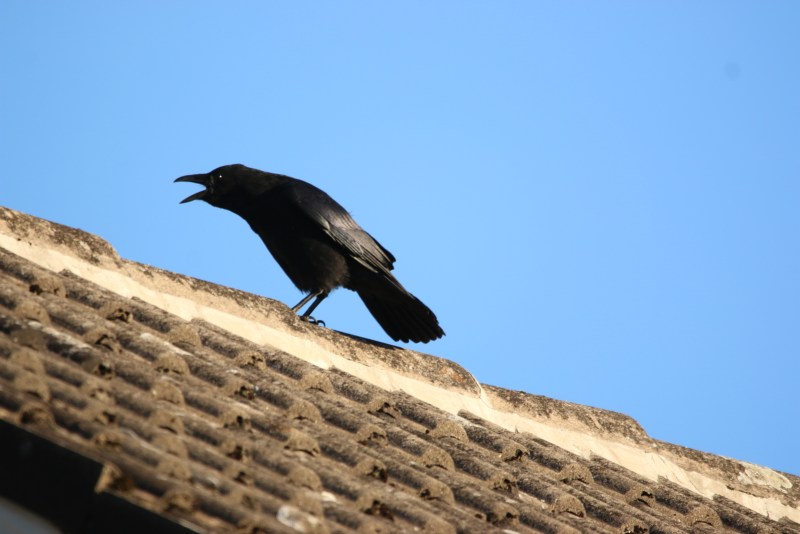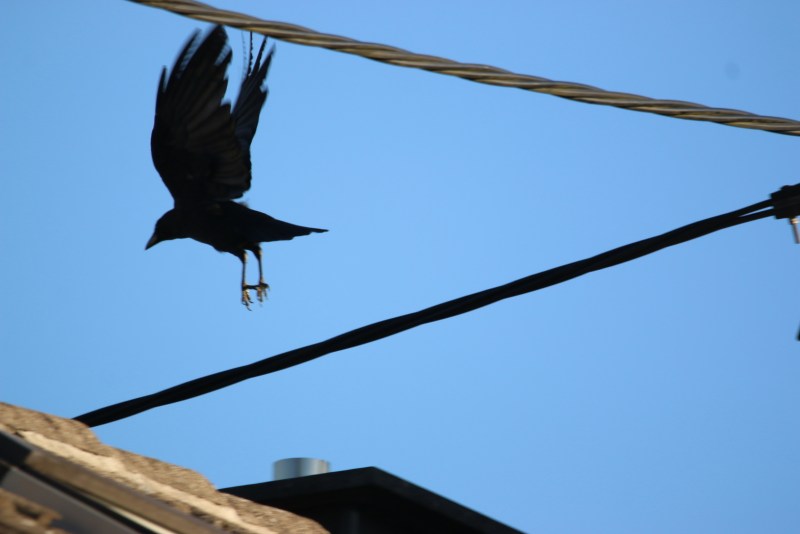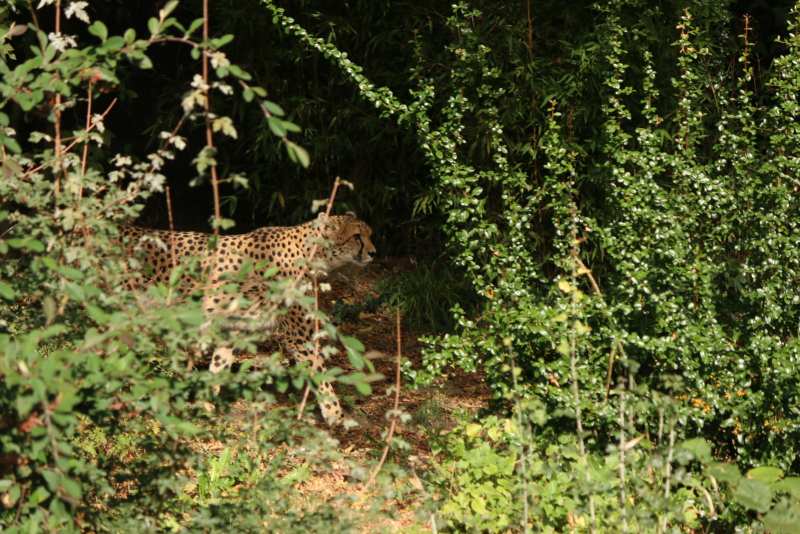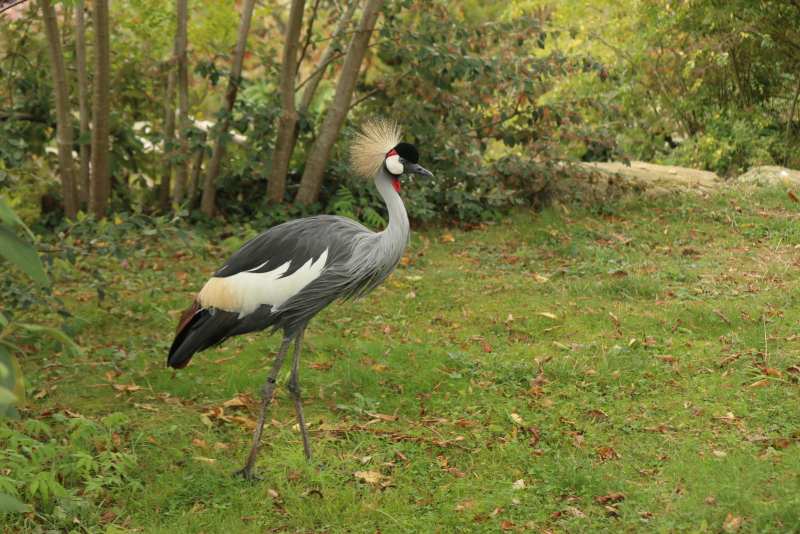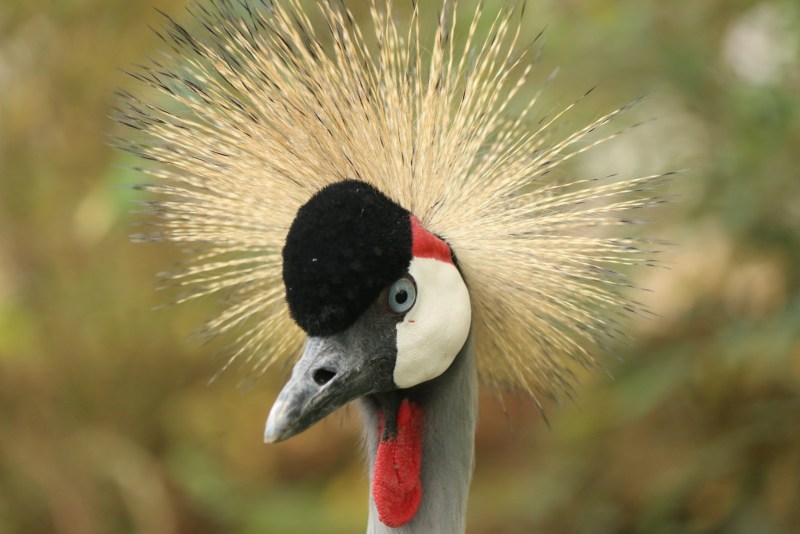These pictures and a heart warming story are from Nightjar:
This isn’t just a cute photo series of chicks, it’s a heartwarming story of the kind you don’t expect out of chicken! At least I didn’t. To cut two long stories short, we recently had to join two broods of chicks born one month apart. The younger ones had to be taken from their mum the day they hatched, which always breaks my heart to do, but in this case it was for their own good. She wasn’t a good mum and their siblings died as a result. So we joined the three survivors with the older chicks, made sure everything was peaceful and they were warming each other at night, and hoped for the best. To our surprise, a few days later, we noticed that one of the older chicks had adopted the three little ones, she was behaving as if she was their mother. Calling them to her side, teaching them how to eat, opening her little wings to warm them. You can see that in the first two photos, the head of a little baby underneath her wing. She’s giving me that look, “do NOT even THINK of touching my babies”. They follow her around everywhere and she never leaves one behind. Just like a mother hen would, except this hen is only a month old!
Cheers,
Nightjar
Very cute, but I must say, those feet really tell you about the dinosaur foremothers.

























